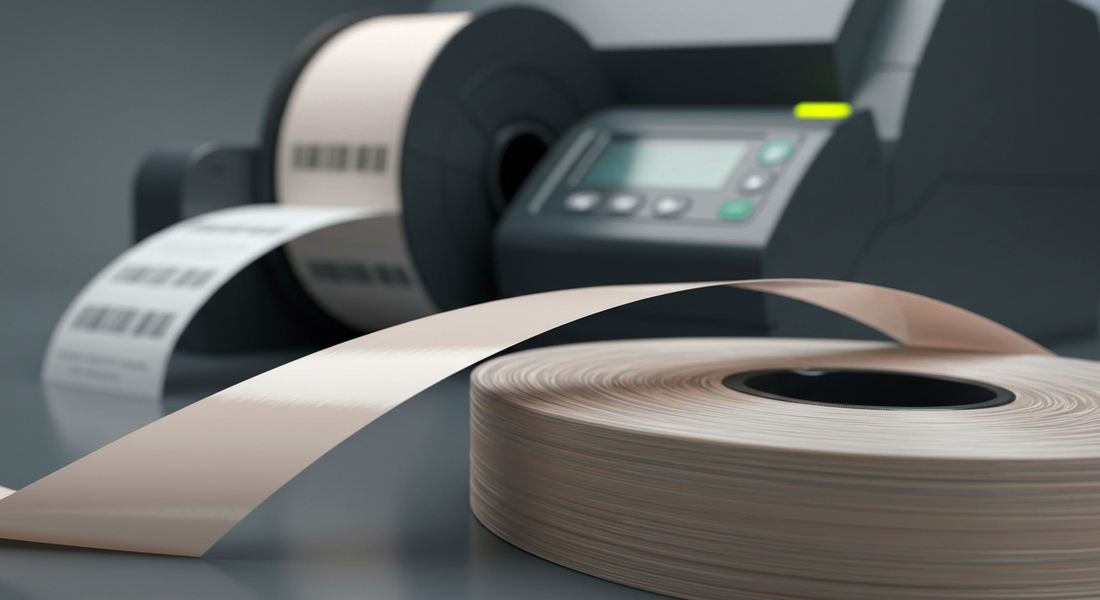
Tips for Using Thermal Transfer Ribbons
Thermal transfer ribbons play a Important role in producing long-lasting and clear labels.
They are used for shipping, product identification, barcodes, and compliance labels.
To ensure that your prints remain sharp and endure over time, it is important to use the ribbons properly.
Here are suggestions for achieving good results with thermal transfer ribbons.
Choose the Right Ribbon Type

There are three main ribbon types: wax, wax-resin, and resin.
- Wax ribbons are best for paper labels and short-term use.
- Wax-resin ribbons work well for coated paper and synthetic labels that need more durability.
- Resin ribbons are designed for harsh environments and long-lasting labels.
Always match the ribbon type to your label material. A mismatch leads to faded prints or smudging.
Store Ribbons Properly
Heat and humidity reduce ribbon performance. Store them in a cool, dry place away from direct sunlight. Keep them sealed in their packaging until you are ready to use them. This prevents dust and dirt from contaminating the ribbon surface.
Load the Ribbon Correctly
Incorrect loading leads to wasted supplies and poor prints. Follow these steps:
- Open the printer cover and locate the ribbon spindles.
- Place the supply roll on the supply spindle.
- Thread the ribbon under the printhead following the printer’s guide.
- Attach the ribbon leader to the take-up spindle.
- Tighten the ribbon to remove slack before printing.
Match Ribbon Width to Label Size
The ribbon should always be slightly wider than the label. This protects the printhead from wear because the edges of the ribbon act as a buffer. Using a ribbon that is too narrow shortens the printhead lifespan.
Adjust Printer Settings
Poor print quality often comes from incorrect printer settings. Adjust heat and speed settings based on your ribbon and label material. Higher heat may be required for resin ribbons, while wax ribbons usually work at lower settings. Test print a few labels until the output is sharp and consistent.
Clean the Printhead Regularly
Dust, adhesive, and ink buildup damage the printhead and reduce print clarity. Use an approved cleaning pen or isopropyl alcohol wipes to clean the printhead. Do this each time you change the ribbon. Regular cleaning extends printhead life and maintains consistent quality.
Monitor Ribbon Life
Do not wait for a ribbon to run out completely before changing it. This often causes labels to print without ink. Keep spare ribbons close to your printer so you can replace them quickly. Tracking usage also helps with inventory planning.
Test Before Large Runs
If you are printing a large batch of labels, run a short test first. Check for clarity, barcode readability, and durability. Testing saves time and prevents large amounts of wasted labels and ribbons.
Benefits of Proper Ribbon Use
- Clear and readable labels
- Longer printhead lifespan
- Reduced supply waste
- Better compliance with shipping and product regulations
Final Thoughts
Thermal transfer ribbons are an investment for print quality. These simple steps will save you money on supplies and reduce downtime in your labeling process.
